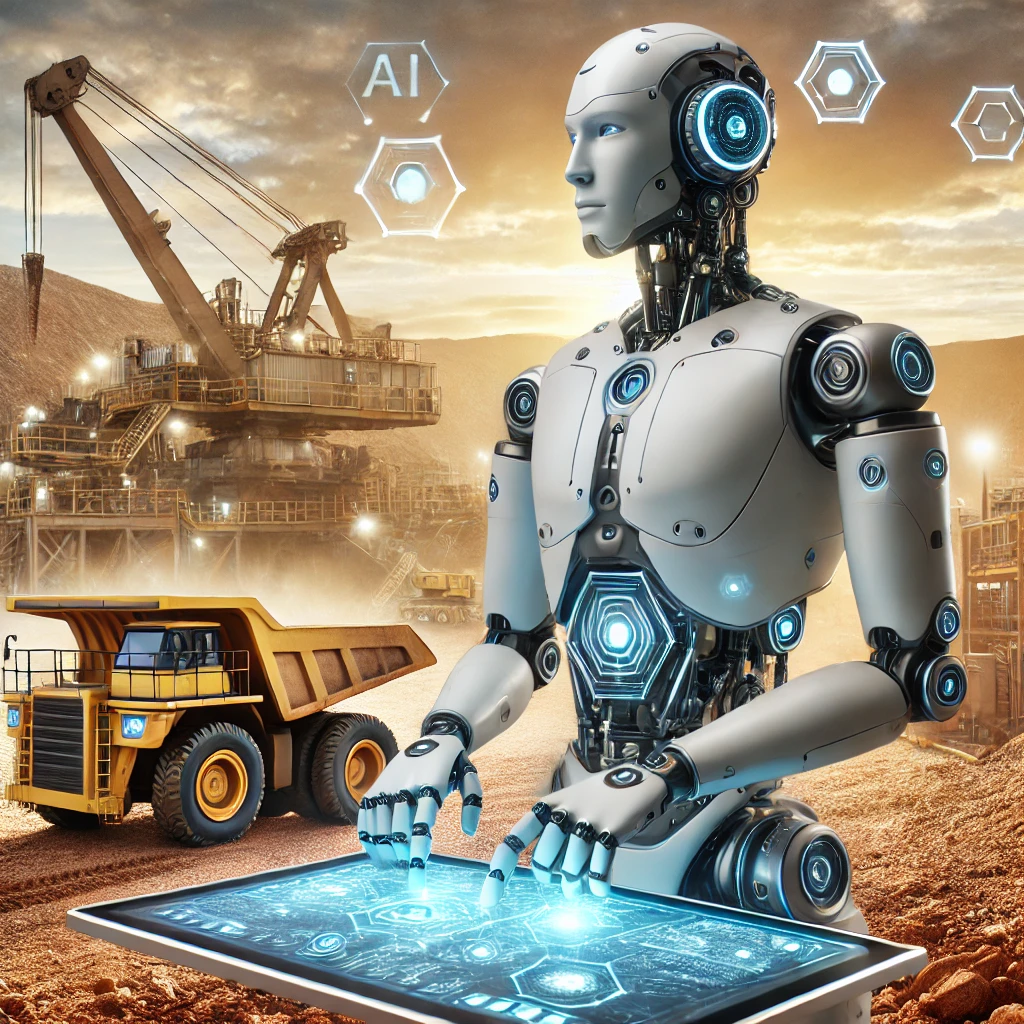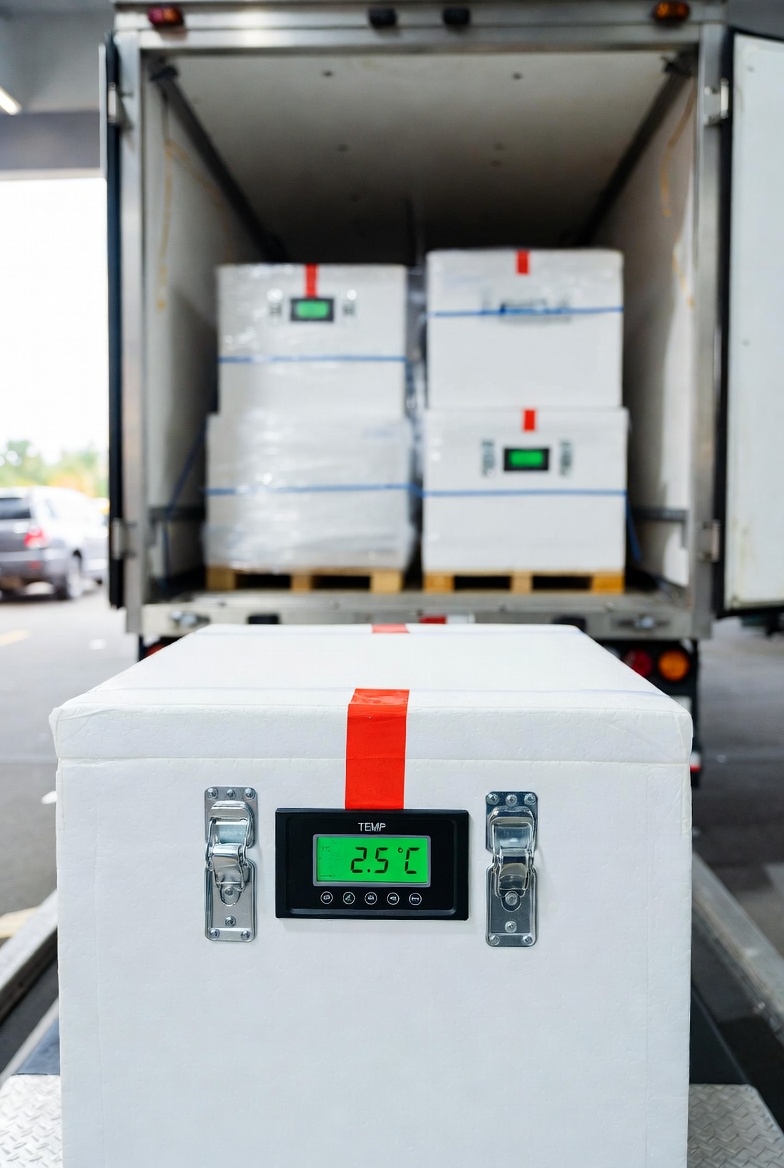Introduction
The digitalization of industrial processes is a crucial step in modernizing operations, enhancing efficiency, and maintaining a competitive edge. Artificial Intelligence (AI) plays a central role in this transformation, with tools like ChatGPT and DeepSeek offering various functionalities that streamline operations, automate decision-making, and enhance overall efficiency. This document outlines the key functionalities of ChatGPT, compares its capabilities with DeepSeek, and provides a roadmap for selecting and implementing AI in industrial digitalization.
Key Functionalities of ChatGPT in Industrial Digitalization
ChatGPT offers a range of functionalities that support digital transformation in the industrial sector. These include:
1. Automated Data Analysis and Reporting
ChatGPT can process large volumes of operational data, analyze trends, and generate automated reports to support decision-making.
Example: A manufacturing company uses ChatGPT to analyze production line data and identify bottlenecks, reducing downtime by 20%.
2. Predictive Maintenance Support
By integrating with IoT and sensor data, ChatGPT can help predict machinery failures before they occur, minimizing downtime and maintenance costs.
Example: A factory employs ChatGPT to analyze vibration and temperature sensor data, allowing proactive maintenance scheduling.
3. Process Optimization and Workflow Automation
ChatGPT helps optimize industrial workflows by suggesting improvements based on historical data and real-time monitoring.
Example: A logistics company utilizes ChatGPT to suggest the most efficient shipping routes, reducing transportation costs by 15%.
4. Natural Language Processing (NLP) for Human-Machine Interaction
AI-powered chatbots improve interaction between human operators and complex machinery by providing real-time assistance.
Example: A production supervisor queries ChatGPT for troubleshooting guidance on a malfunctioning robotic arm, reducing resolution time.
5. Training and Knowledge Management
AI can serve as a knowledge repository, providing employees with on-demand training and documentation for industrial processes.
Example: A chemical plant uses ChatGPT to answer regulatory compliance questions, ensuring adherence to safety standards.
DeepSeek vs. ChatGPT: A Functional Comparison
While both ChatGPT and DeepSeek offer AI-driven solutions, they have distinct strengths and capabilities.
| Feature | ChatGPT | DeepSeek |
|---|---|---|
| NLP Capabilities | Advanced | Comparable, but less fine-tuned for complex industrial queries |
| Data Analysis | Strong data processing and reporting capabilities | Focuses more on scientific and structured data interpretation |
| Integration | Easily integrates with ERP, CMMS, and BI systems | Requires additional customization for industry-specific applications |
| Predictive Maintenance | Well-supported with IoT integration | Limited predictive analytics support |
| Knowledge Management | Strong contextual understanding for training and documentation | Structured data responses, suitable for technical research |
| Customization | Highly adaptable with APIs | Requires structured datasets for optimal performance |
Which One to Choose?
Choose ChatGPT if your industry requires extensive natural language processing, user interaction, and process optimization.
Choose DeepSeek if your focus is more on structured, technical data analysis and AI-driven scientific computing.
Steps to Take Before Implementing AI in Industrial Processes
Step 1: Assess Business Needs and Objectives
Before adopting AI, companies must identify their key challenges and digitalization goals. This includes:
Reducing operational costs
Enhancing supply chain efficiency
Improving predictive maintenance
Automating administrative processes
Example: A manufacturing plant wants to reduce unplanned downtime by 30% and decides to implement AI-driven predictive maintenance.
Step 2: Evaluate AI Capabilities and Compatibility
Assess whether ChatGPT or DeepSeek aligns with your business requirements.
Ensure compatibility with existing ERP, CMMS, or BI software.
Check for API support and ease of integration.
Example: A logistics firm integrates ChatGPT into its supply chain management software to improve demand forecasting.
Step 3: Data Preparation and Security Measures
Ensure data quality and accessibility for AI training.
Implement robust cybersecurity measures to protect industrial data.
Example: A petrochemical company anonymizes sensitive process data before feeding it into ChatGPT for analysis.
Step 4: Pilot Testing and Performance Evaluation
Conduct a small-scale AI implementation test before full deployment.
Define KPIs such as response accuracy, efficiency gains, and cost reduction.
Example: A factory first tests ChatGPT in one production line before scaling it across the entire facility.
Step 5: Employee Training and Change Management
Educate employees on how to use AI effectively.
Address resistance to digital transformation through workshops and training sessions.
Example: A shipping company provides AI-assisted route optimization training to its logistics staff.
Step 6: Full-Scale Deployment and Continuous Improvement
Deploy AI solutions across all necessary departments.
Monitor performance and continuously refine AI models.
Example: An energy company regularly updates its ChatGPT model to reflect changing regulatory compliance requirements.
Key Benefits of AI in Industrial Digitalization (With Examples)
1. Cost Reduction
AI-driven automation reduces labor costs and minimizes material waste.
Example: A mining company saves $1M annually by using AI to optimize energy consumption.
2. Enhanced Decision-Making
AI provides real-time insights that improve strategic planning.
Example: A manufacturing plant improves production scheduling based on AI-driven demand forecasting.
3. Improved Operational Efficiency
AI automates repetitive tasks, freeing employees for higher-value work.
Example: An automotive assembly line reduces manual quality control efforts by 40% using AI-powered defect detection.
4. Increased Predictability and Reliability
Predictive maintenance minimizes unexpected equipment failures.
Example: A steel plant reduces equipment failure rates by 25% through AI-driven maintenance.
5. Better Safety and Compliance
AI ensures adherence to industry regulations and safety protocols.
Example: A pharmaceutical firm automates compliance documentation, reducing human errors.
Conclusion
AI-driven tools like ChatGPT and DeepSeek are transforming industrial digitalization by enhancing operational efficiency, reducing costs, and improving predictive maintenance. However, selecting the right AI requires a clear understanding of business needs, system compatibility, and implementation strategies. By following a structured approach, companies can successfully integrate AI into their industrial processes, driving long-term value and competitiveness.




